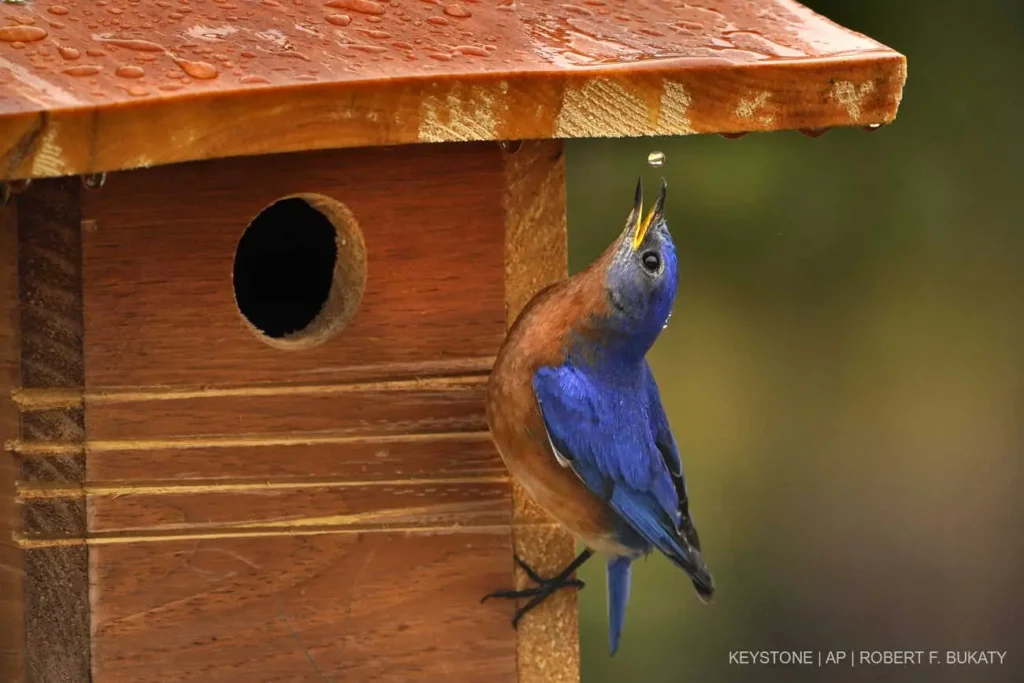Fri, Dec 1st 2023
Swiss researchers have developed a new material based on the blue feathers of a songbird. In future, this should filter bacteria out of water and ensure that batteries last longer.

The researchers copied the new material from the red-throated bluebird, as the Swiss Federal Institute of Technology in Zurich (ETH Zurich) announced on Friday. The blue color of the feathers of the North American songbird is not based on pigments like the color of human skin, but on a special structure: they are permeated by a network of tiny channels.
The researchers at ETH Zurich have now used a special method to transfer this channel network to a polymer rubber. The researchers placed this rubber in an oil-containing solution and left it to swell for several days in an oven at temperatures of 60 degrees Celsius. They then cooled the system down and removed the rubber from the oil-containing solution.
Not yet ready for the market
This created channels in the rubber similar to those in the feathers of the songbird. However, the channels in the rubber material are significantly larger than in the bird’s feathers. While the channels in feathers are only around 200 nanometers thick, those in rubber are 800 nanometers thick. The researchers presented the new material in the journal “Nature Materials”.
According to ETH Zurich, this unique material structure enables the efficient removal of impurities such as bacteria or dirt particles from water. According to the researchers, another possible application for the material is batteries. The new material could therefore replace liquid electrolytes. This could make batteries more durable.
However, the material is not yet ready for the market, the researchers emphasized in the press release. The rubber used is cheap and easy to obtain. The oily solution, on the other hand, is very expensive. A cheaper alternative is needed here
©Keystone/SDA
